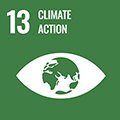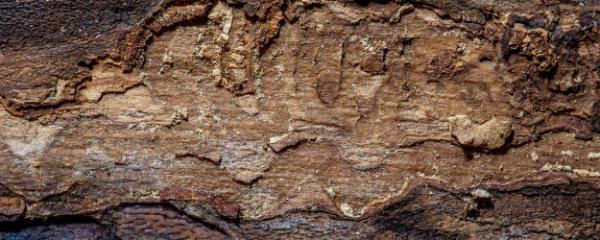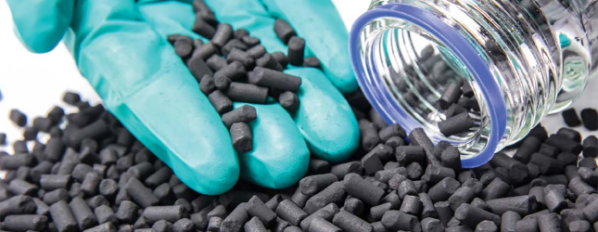Researchers at Queen’s have led a team of international scientists in improving the technique for assessing the age of historical and prehistorical objects through the development of IntCal radiocarbon carbon calibration curves, a new international carbon dating standard, shedding new light on archaeological and environmental phenomena of our past.
Research Challenge
DEFINING A WORLD-WIDE STANDARD FOR CARBON DATING
Radiocarbon dating is vital to fields such as archaeology and geoscience to date everything from the oldest modern human bones to historic climate patterns. Archaeologists can use that knowledge to determine whether to restore historic monuments or study the demise of the Neanderthals, while geoscientists on the Intergovernmental Panel on Climate Change (IPCC), rely upon the curves to find out about what the climate was like in the past to better understand and prepare for future changes.
Our Approach
INTERNATIONAL COLLABORATION
Queen’s University researchers initiated the IntCal Working Group in the early 2000’s, leading an international team to construct refined 14C calibration curves.
The project included researchers from the Universities of Sheffield, Bristol, Glasgow, Oxford, St Andrews and Historic England, plus international colleagues. The team used measurements from almost 15,000 samples from objects dating back as far as 55,000 years ago to create new international radiocarbon calibration (IntCal) curves, which are fundamental across the scientific spectrum for accurately dating artefacts and making predictions about the future.
“The IntCal series of curves are critical for providing a perspective on past climate which is essential for our understanding of the climate system, and a baseline for modelling future changes.”
- Darrell Kaufman of the IPCC
What impact did it make?
AN ENHANCED UNDERSTANDING OF OUR HISTORIC ENVIRONMENT
The work has resulted in 14C age-model approaches which have become worldwide standards, providing the scientific evidence for climate change policies, for example forming the scientific basis of 5th IPCC report (the roadmap for the Paris Agreement).
The research has contributed to the safeguarding of world-renowned cultural heritage sites for example helping to secure UNESCO World Heritage status for Chauvet Cave’s, which is home to the oldest European figurative cave art. As well as this the work has shed new light on the lives of past civilisations including the earliest figurative cave art discovered in France and the earliest inhabitants in Ireland.
The most recent IntCal calibration curves (IntCal20, SHCal20, Marine20) were published in August 2020. They have been used to enhance understanding of the timing of events in archaeology and earth sciences as well as providing a proxy record for solar production for climate models. The curves are used by all major commercial 14C laboratories which generate approx. £40M annual revenue.
“Accurate and high-precision radiocarbon dating underpins the public’s enjoyment of the historic environment and enables better preservation and protection. The new curves have internationally important implications for archaeological methodology, and for practices in conservation and understanding of wooden built heritage.” - Alex Bayliss, Head of Scientific Dating at Historic England
Our impact
Impact related to the UN Sustainable Development Goals
Learn more about Queen’s University’s commitment to nurturing a culture of sustainability and achieving the Sustainable Development Goals (SDGs) through research and education.










